Lab Day 1 – Meeting Stan
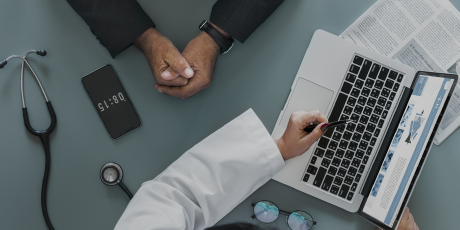
Before beginning work, we recommend having the students complete and sign the Laboratory Safety Statement from the American Society or Microbiology to reinforce the idea that working with microorganisms should be taken seriously. Next, the students will learn about drug resistance and the challenges of diagnosing and treating antibiotic resistant infections. Specifically, the dangers and prevalence of Staphylococcus aureus (S. aureus) infections. The students will then meet Stan, a healthy 30-year old athlete who needs to have a surgery on his arm, and they will consider and perform tests to identify potentially pathogenic bacteria on Stan.
Integration recommended between Unit 2: Lesson 5 and Unit 3: Lesson 1
Lab Day 2 – Seeing is believing: Observing the cells under the microscope
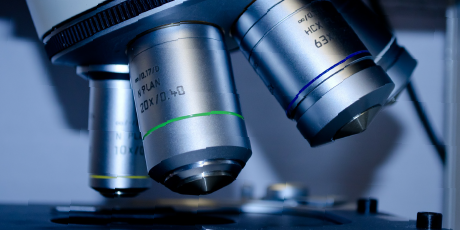
On day one of the lab, we isolated samples from Stan and streaked them onto bacteriological plates. We used two types of plates: NA plates that grow many types of bacteria and MSA plates that restrict growth of most bacteria but allow for the growth of S. aureus and S. epidermidis. Today, the students will observe their results to determine if Stan does indeed carry S. aureus by looking for a color change on the MSA plates. Then they will spend most of the class completing a Gram staining of Stan’s samples, so they can look at his microbial flora under the microscope.
Integration recommended between Unit 2: Lesson 5 and Unit 3: Lesson 1
Lab Day 3 – Preparing plates to test for antibiotic susceptibility
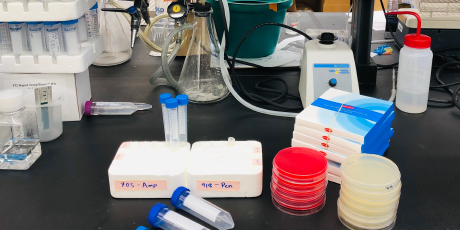
Today the students will consider that every time doctors perform a surgery they know that there is a risk of infection. Even though doctors often prescribe antibiotics during or after a surgery as a prophylactic, it is not uncommon to test bacteria in patients samples for resistance to common antibiotics. To better understand the potential antibiotic resistance of the Staphylococcus that is colonizing Stan’s skin, the students will use antibiotics soaked discs to test for the antibiotic susceptibility of the Staph. This is a procedure that is commonly performed in hospitals and it is important for the students to understand the principles behind the method!
Integration recommended between Unit 3: Lesson 3 and Unit 4: Lesson 1
Lab Day 4 – Reading the results from the antibiotic susceptibility tests
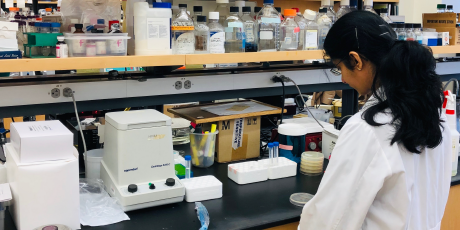
In this lab, the students continue with the antibiotic susceptibility assay by measuring the zones of inhibited growth around the antibiotic disks. Stan had his surgery and everything went well, and a complete recovery is expected. To be thorough, the doctor records the data for the antibiotic susceptibility of his isolates. The students will compare their results with others in the class and use a table to determine antibiotic susceptibility. If there is time, ask the students to explore possible reasons for differences in measurements between the samples.
Integration recommended between Unit 3: Lesson 3 and Unit 4: Lesson 1
Lab Day 5 – When things go wrong after a routine surgery
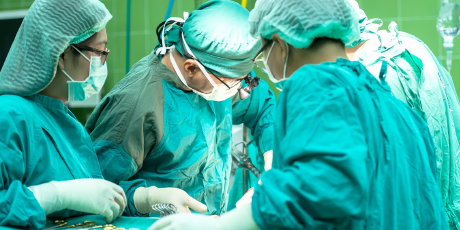
Today the students learn that something has gone wrong and Stan has symptoms of a systemic infection. The main goal of this lab is for the students to apply what they learned so far. First, they will be able to use Stan’s blood work to come up with a diagnosis. The main point about the test results is that they are abnormal and to learn about some major organs affected by systemic infections. The most important goal is for the students to work in a group and using what they have learned so far to decide on diagnostic and treatment plan about Stan.
Integration recommended between Unit 4: Lesson 6 and Unit 5: Lesson 1
Lab Day 6 – Stan is sick again! Now what?
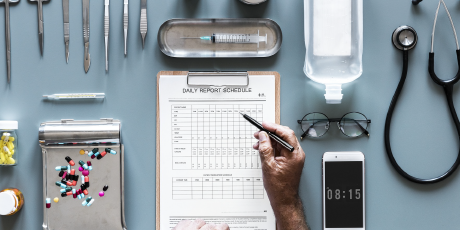
Today’s lab has two parts that can be done together or as separate activities. First, the students will complete an analysis of the experiments that they set-up on Day Five. They will use their results to recommend new treatment regiment for Stan. The second part of the lab is a dry lab. Students will see how treating Stan with more antibiotics led to a depletion of his microbiome and outgrowth of C. difficile. They will then use some data from the literature to recommend another course of treatment — antibiotics or a fecal transplant.
Integration recommended between Unit 5: Lessons 5 and 6
Reference Videos
In the YouTube embed below, click the order listing in the upper right to toggle the display for the full playlist.

